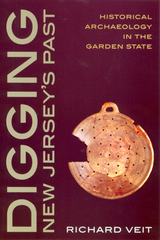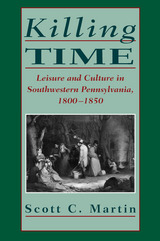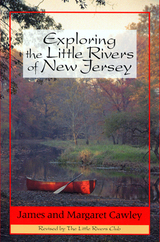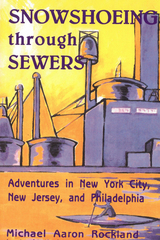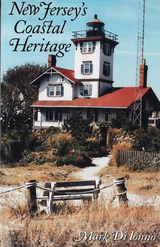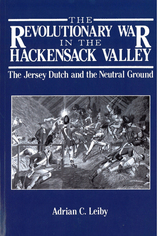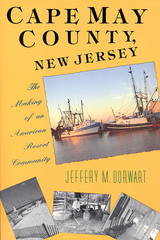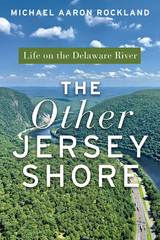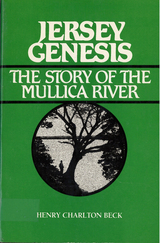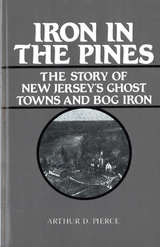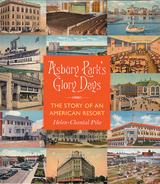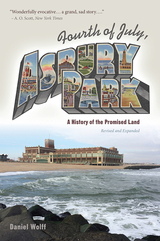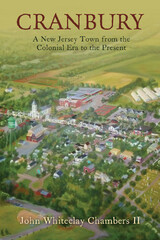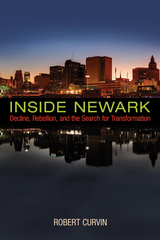Cape May County, New Jersey: The Making of an American Resort Community
Rutgers University Press, 1992
Cloth: 978-0-8135-1783-4 | Paper: 978-0-8135-1784-1 | eISBN: 978-0-8135-5560-7
Library of Congress Classification F142.C2D67 1992
Dewey Decimal Classification 974.998
Cloth: 978-0-8135-1783-4 | Paper: 978-0-8135-1784-1 | eISBN: 978-0-8135-5560-7
Library of Congress Classification F142.C2D67 1992
Dewey Decimal Classification 974.998
ABOUT THIS BOOK | AUTHOR BIOGRAPHY | TOC
ABOUT THIS BOOK
Cape May County, at the southern tip of New Jersey, is one of America's most vibrant seashore resorts. Jeffery Dorwart has written a history of this community from its earliest settlement as an Atlantic maritime and farming frontier to its development today as a major regional tourist attraction. From earliest times, Cape May County was a region of cultural ferment, as American Indians, African-American slaves, European Quakers, Baptists, and Presbyterians struggled to coexist on the wild, isolated Jersey Cape. Despite this variety of settlers, a distinct type of resident, known as the whaler yeoman, dominated affairs on the Cape May peninsula for over two hundred years. Railroad development and the arrival during the late nineteenth century of Eastern European, Italian, and Scandinavian immigrants gradually changed Cape May County society. A multiethnic, multicultural community evolved that threatened whaler yeoman domination. New settlements appeared in the pine wilderness of the mainland and on the uninhabited Atlantic Ocean barrier islands. These changes caused social and political conflicts, and new development assaulted the fragile seashore environment. Fishing and shipbuilding were key industries throughout the early history of Cape May County. In addition, familiar industries such as cranberry harvesting and nearly forgotten endeavors such as goldbeating, sugar refining, and cedar shingle mining played vital roles in the county's economic development. Dorwart also traces the origins of the seashore resort industry through the history of the city of Cape May, with its unique architectural styles and heritage, as well as the founding of Wildwood, Ocean City, and the newer resort towns. The story of how Cape May County responded to dramatic change not only illuminates the historical development of a New Jersey seashore community but also enhances our understanding of the American experience with changing social and economic conditions.
See other books on: Dorwart, Jeffery M. | Making | Middle Atlantic (DC, DE, MD, NJ, NY, PA) | New Jersey | State & Local
See other titles from Rutgers University Press

